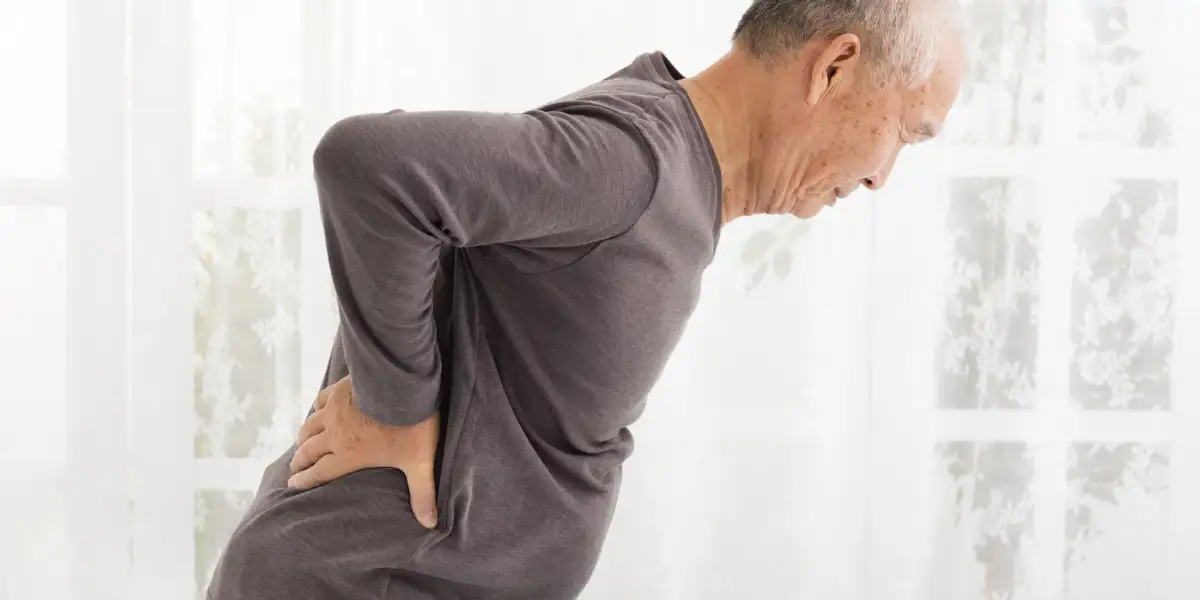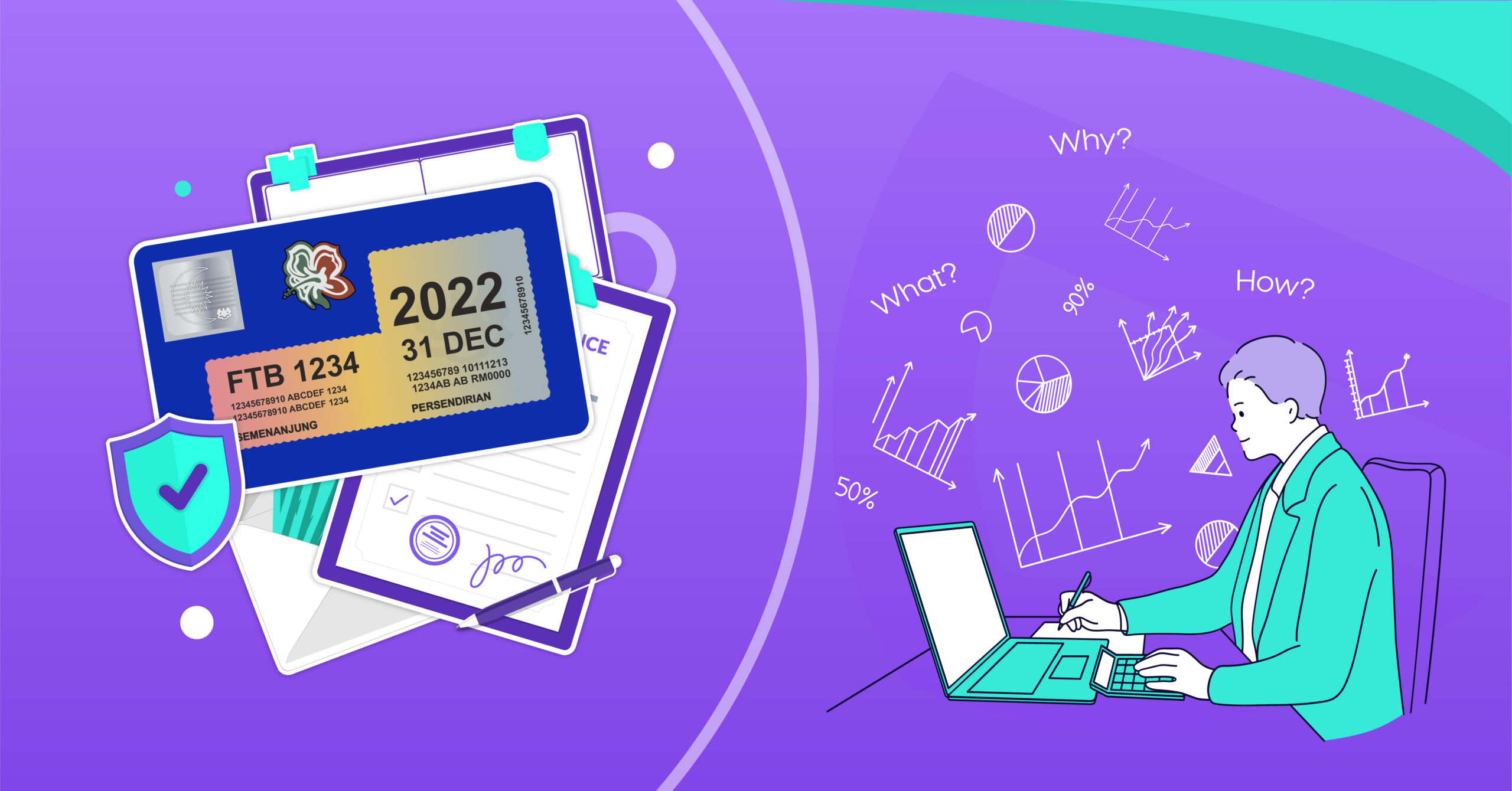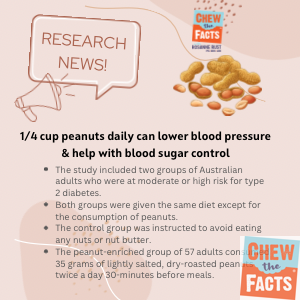2 Causes of Back Pain: Disc Herniation and Spinal Stenosis


The back can take a lot of punishment on any given day. For some people though, the punishment eventually takes its toll. Things happen and back pain begins. Back pain is so common that it is among the most frequent pain-related complaint doctors hear. And two of the most common causes of back pain are disc herniation and spinal stenosis.
It can be difficult for a doctor to discern between the two conditions with just a basic examination. Why? Because the symptoms of both are quite similar. Symptoms include pain in the back, legs, arms, shoulders, and neck. Both conditions can also cause cramping, tingling, and a loss of sensation.
Ultimately, the symptoms exhibited by both conditions are the result of nerve compression. Find the source of the nerve compression and you can relieve the pain. As such, doctors look for different things to determine if a patient is suffering from a herniated disc or spinal stenosis.
Disc Herniation
The vertebra of the human spine consists of a series of bones with discs in between. The discs provide shock absorption and cushioning between the bones. They also give the spinal column the flexibility required to remain upright yet functional. As long as the discs continue to perform as designed, everything works just fine.
Unfortunately, a variety of factors can cause a disc to bulge or partially protrude from its normal cavity. When this happens, the patient has a herniated disc. It may cause no symptoms at all. But if the herniated disc presses on a nerve, you get the symptoms normally associated with disc herniation.
Spinal Stenosis
Spinal stenosis is a condition in which the spinal canal actually narrows somewhat. In nearly every case, it is a degenerative condition that occurs due to the natural wear and tear the back undergoes. As the disease progresses, a narrower spinal canal leaves less room for the spinal column and associated nerves. Nerve compression can be one of the consequences.
Spinal stenosis can occur anywhere in the spine. Depending on its location, different symptoms may present themselves. For example, lumbar spinal stenosis can include pain in the buttocks. If the nerve compression is serious enough, it can limit a patient’s ability to walk.
When spinal stenosis occurs in the cervical spine, neck pain can be experienced. Patients may also experience and inexplicable loss of balance that may affect their ability to walk. Of course, pain in the arms and shoulders is fairly common.
Treatment Options for Both
Herniated discs and spinal stenosis are common enough that multiple treatments have been developed. First-line treatments include over-the-counter pain medications, prescription NSAIDs, physical therapy, and cold compresses. When first-line treatments don’t offer enough relief, opioid pain medications and surgeries are sometimes recommended.
Some pain medicine doctors, like those at Lone Star Pain Medicine in Weatherford, TX, offer alternatives to surgery and opioid medications in severe cases. One such alternative is the transforaminal epidural steroid injection (TFESI). Lone Star describes it as a minimally invasive procedure that combines an anesthetic with steroids to relieve pain and reduce inflammation.
Both herniated discs and spinal stenosis vary in their severity. Some patients experience only mild discomfort while others find the pain nearly debilitating. Thankfully, treatments are available.
If you are suffering from back pain with symptoms that suggest either disc herniation or spinal stenosis, a pain management doctor could be your best bet for finding relief. Pain management doctors go above and beyond what a typical GP can do for you. Make an appointment with your local pain clinic and see what happens.




